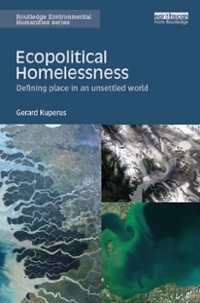2Consider the hypothesis Ho : h(0) = 0, where h : R* - R'. It is possible to recast the hypothesis Ho in an equivalent form Ho : g(0) = 0. where g : R* -+ R" is such that g(0) = f(h(0)) - f(0) for some one-to-one function f : R" - R". 1. Show that the CR statistic is invariant to such reparameterization. 2. Show that the W statistic is invariant to such reparameterization when f is linear, but may not be when f is nonlinear. 3. Suppose that / E R- and reparameterize Ho : 61 = 62 as (61 -a) / (82 - a) = 1 for some a. Show that the W statistic may be made as close to zero as desired by manipulating a. What value of or gives the largest possible value to the W statistic?'Berndt and Savin in 1977 showed that W 2 CR 2 CM for the case of a multivariate regression model with normal disturbances. Ullah and Zinde-Walsh in 1984 showed that this inequality is not robust to non-normality of the disturbances. In the spirit of the latter article, this problem considers simple examples from non-normal distributions and illustrates how this conflict among criteria is affected. 1. Consider a random sample x1,..., I,, from a Poisson distribution with parameter A. Show that testing A = 3 versus A / 3 yields W 2 CM for a CM for 0 1, otherwise. A random sample 21,.. ., ,, from the Pareto(A) population is available. (a) Derive the ML estimator A of A, prove its consistency and find its asymptotic distribution. (b) Derive the Wald, Likelihood Ratio and Lagrange Multiplier test statistics for testing the mull hypothesis Ho : A = do against the alternative hypothesis He : A / Ag. Do any of these statistics coincide?1. Suppose that the nonlinear regression model Elyx] = 9 (x, B) is estimated by maximum likelihood based on the conditional homoskedastic normal distrib ution, although the true conditional distribution is from a different family. Provide a simple argument why the ML estimator of 8 is nevertheless consistent. 2. Suppose we know the true density f(20) up to the parameter 0, but instead of using log f(=)q) in the objective function of the extremum problem which would give the ML estimate, we use f(2)q) itself. What asymptotic properties do you expect from the resulting estimator of 0? Will it be consistent? Will it be asymptotically normal? 3. Suppose that a stationary and ergodic conditionally heteroskedastic time series regression where r, contains various lagged yr's, is estimated by maximum likelihood based on a con- ditionally normal distribution /(z;8, of), with of depending on past data whose parametric form, however, does not match the true conditional variance V [y|/-1]. Determine whether or not the resulting estimator provides a consistent estimate of 8










